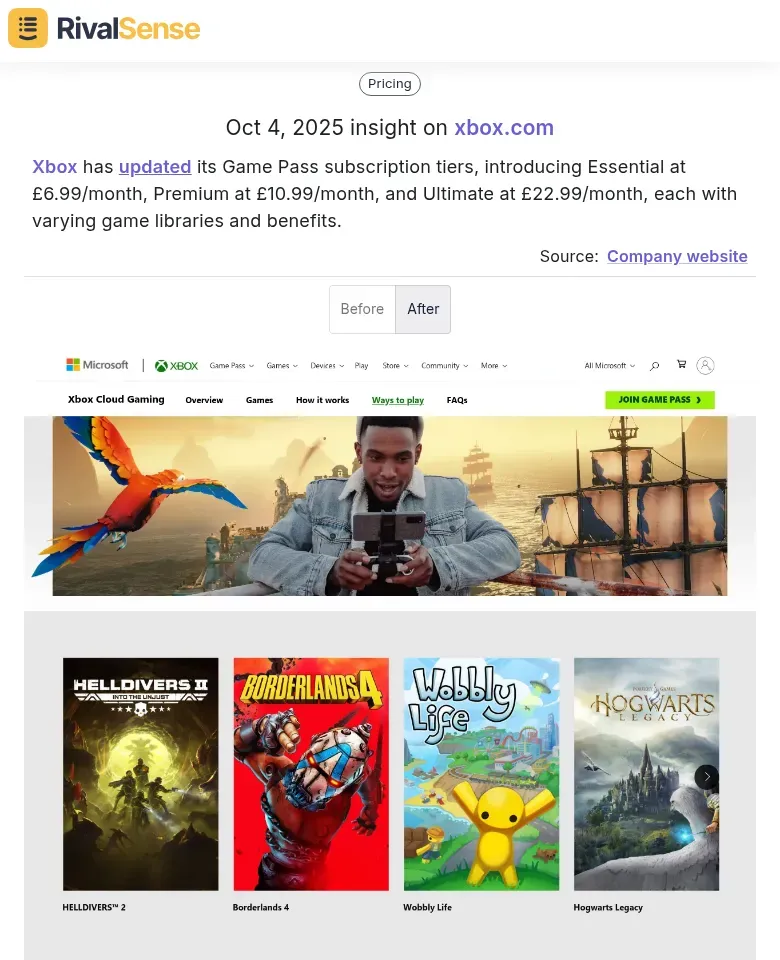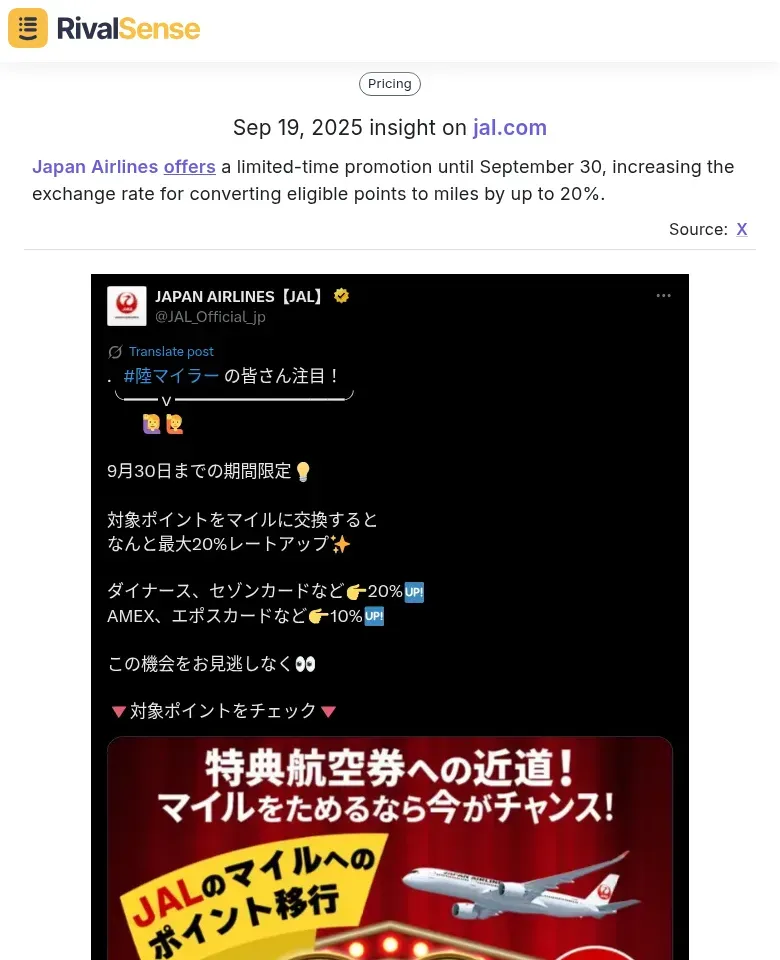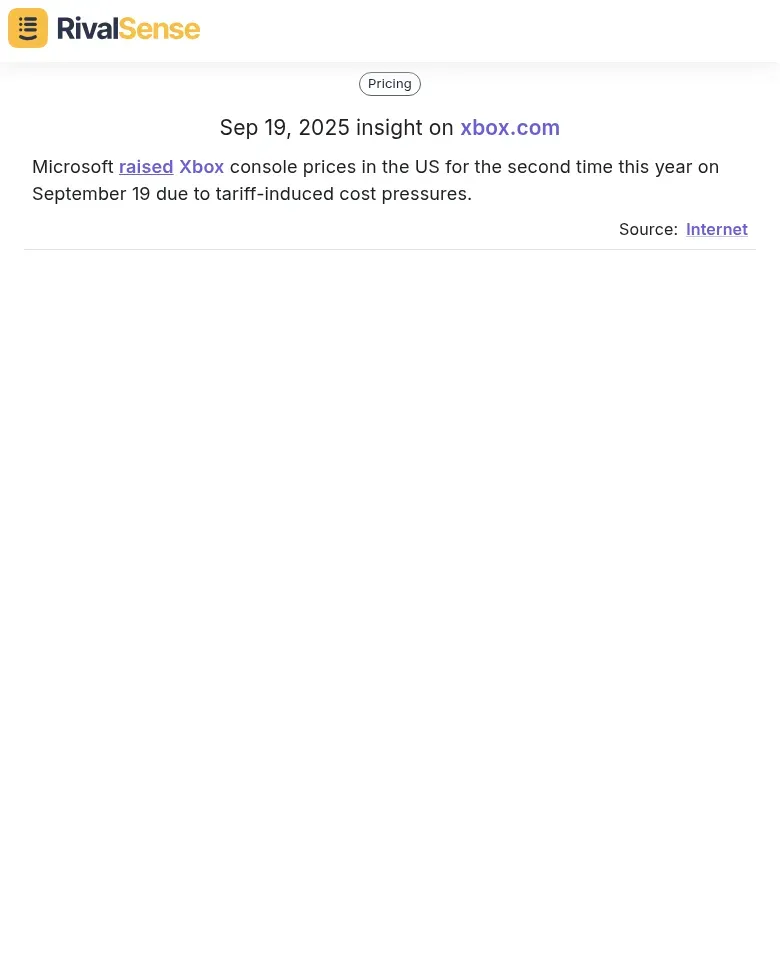Leverage Competitor Pricing Insights from Customer Reviews
Customer reviews are a goldmine for pricing intelligence, revealing what customers truly value and their price sensitivity. By analyzing feedback on competitors' pricing, you can uncover actionable insights to refine your own strategies and stay ahead in the market. For example, when buyers mention 'worth every penny' or complain about costs, they're signaling perceived value and price thresholds that you can leverage.
Use sentiment analysis tools to track how customers react to competitor price changes—sudden negative spikes often indicate mispricing. This approach turns subjective feedback into data-driven decisions, helping you optimize pricing tiers and avoid costly errors.
Practical Steps:
- ✅ Scrape reviews from sites like G2 or Capterra
- ✅ Categorize feedback by pricing tiers and features
- ✅ Analyze sentiment trends post-price adjustments
- ✅ Benchmark your pricing against uncovered gaps
Analyzing Tiered Pricing Models from Customer Feedback
Customer reviews provide deep insights into how competitors structure their tiered pricing and whether it aligns with customer expectations. Understanding these models helps you identify gaps in your own offerings and enhance value perception. Analyze mentions of "worth it" or "missing features" to see if premium tiers justify their costs, revealing opportunities for differentiation.
Identify bundled versus à la carte preferences by tracking terms like "all-in-one" or "add-ons." If reviews show frustration with paying for unused features, consider unbundling options to reduce churn and attract price-sensitive customers.
Tier differentiation impacts loyalty: High-tier customers often mention "sticking with" a brand due to exclusive support, while low-tier users cite "switching" over limited access. Use this feedback to refine your tiers, such as adding loyalty perks to retain mid-tier clients.
Example Insight: RivalSense tracked that Xbox updated its Game Pass subscription tiers, introducing Essential at £6.99/month, Premium at £10.99/month, and Ultimate at £22.99/month, each with varying game libraries and benefits.  This type of insight is valuable because it shows how competitors segment their offerings, enabling you to benchmark and optimize your own tiered pricing for better market alignment.
This type of insight is valuable because it shows how competitors segment their offerings, enabling you to benchmark and optimize your own tiered pricing for better market alignment.
Practical Steps:
- ✅ Scrape reviews for pricing-related keywords (e.g., "price," "plan," "upgrade")
- ✅ Categorize feedback by tier and sentiment
- ✅ Compare churn reasons across tiers to spot weaknesses
- ✅ Test adjustments like feature reallocation based on insights
Leveraging Promotional Pricing Insights from Reviews
Customer reviews offer valuable clues on how promotional pricing influences buying behavior and creates urgency. By examining feedback on limited-time deals, you can fine-tune your promotions to drive higher conversions and customer engagement. Analyze reviews mentioning 'limited-time offer,' 'flash sale,' or 'expiring soon' to gauge the effectiveness of urgency tactics in driving purchases.
Track sentiment around point or mile conversion promotions—positive mentions like 'great value for my miles' indicate successful messaging, while complaints about 'complicated redemption' highlight areas for improvement. Use this data to optimize promotion timing by clustering reviews by date to identify peak engagement periods.
Example Insight: RivalSense identified that Japan Airlines offered a limited-time promotion until September 30, increasing the exchange rate for converting eligible points to miles by up to 20%.  Tracking such promotions is valuable because it helps you understand effective urgency tactics and messaging, allowing you to design promotions that resonate with customers and boost loyalty.
Tracking such promotions is valuable because it helps you understand effective urgency tactics and messaging, allowing you to design promotions that resonate with customers and boost loyalty.
Practical Steps:
- ✅ Extract keywords related to promotions from reviews using tools like RivalSense
- ✅ Score sentiment to prioritize high-impact offers
- ✅ Test messaging variations based on customer language
This approach ensures your promotions resonate with target audiences, increasing conversions without relying on guesswork.
Monitoring Price Adjustments and Customer Reactions
Keeping an eye on competitor price changes and how customers respond is essential for anticipating market shifts and avoiding backlash. This proactive monitoring helps you align your pricing with customer expectations and external factors like economic conditions. Track how elements such as inflation or supply chain issues drive price hikes, and correlate these with satisfaction metrics in reviews to identify sensitivity thresholds.
Learn from competitor mistakes: poor communication, like sudden changes without explanation, often amplifies negative feedback. By analyzing these patterns, you can develop strategies to justify price adjustments and maintain customer trust.
Example Insight: RivalSense reported that Microsoft raised Xbox console prices in the US for the second time this year on September 19 due to tariff-induced cost pressures.  Monitoring these adjustments is valuable because it reveals how external factors impact pricing and customer sentiment, helping you anticipate similar changes and communicate them effectively to minimize churn.
Monitoring these adjustments is valuable because it reveals how external factors impact pricing and customer sentiment, helping you anticipate similar changes and communicate them effectively to minimize churn.
Practical Steps:
- ✅ Use tools like RivalSense to monitor review sentiment post-price changes
- ✅ Analyze patterns to set your own price thresholds
- ✅ Emulate competitors who successfully justify hikes with added value
For instance, if a SaaS company faces churn after a price increase, bundling features might mitigate dissatisfaction. This data-driven approach ensures your pricing remains competitive and customer-centric.
Actionable Strategies for Implementing Pricing Insights
Transforming competitor review analysis into effective pricing strategies requires a systematic and proactive approach. By applying these insights, you can create dynamic pricing models that address customer pain points and outperform rivals. Start by tracking recurring complaints about competitor pricing, such as 'hidden fees,' and introduce transparent, all-inclusive tiers to build trust and attract dissatisfied customers.
Develop value-based pricing tiers that directly resolve issues identified in reviews. For example, design a three-tier system: Basic (fixes core functionality gaps), Pro (solves integration problems), and Enterprise (addresses scalability limitations). This ensures each tier delivers clear value and meets specific customer needs.
Build proactive communication plans for price adjustments based on competitor handling. When raising prices, reference value additions that counter competitor shortcomings, provide 60-day notice periods with migration paths, and offer grandfathering options to retain loyal customers. Create FAQ documents that preemptively address common concerns, using review patterns to guide content.
Ready to put these strategies into action? 💡 Try RivalSense for free at https://rivalsense.co/ and get your first competitor report today to start leveraging insights like these in your pricing strategy!
📚 Read more
👉 How Executive Moves Reveal Competitor Strategies: A Practical Guide
👉 Unlocking the Key Benefits of Competitor Analysis for Business Growth
👉 PR Key Account Win Rate Tracking Cheat Sheet
👉 How Saatva's CrossFit Partnership Revealed Competitor Growth Tactics
👉 LinkedIn Competitor Analysis: Uncover Target Audience Insights
